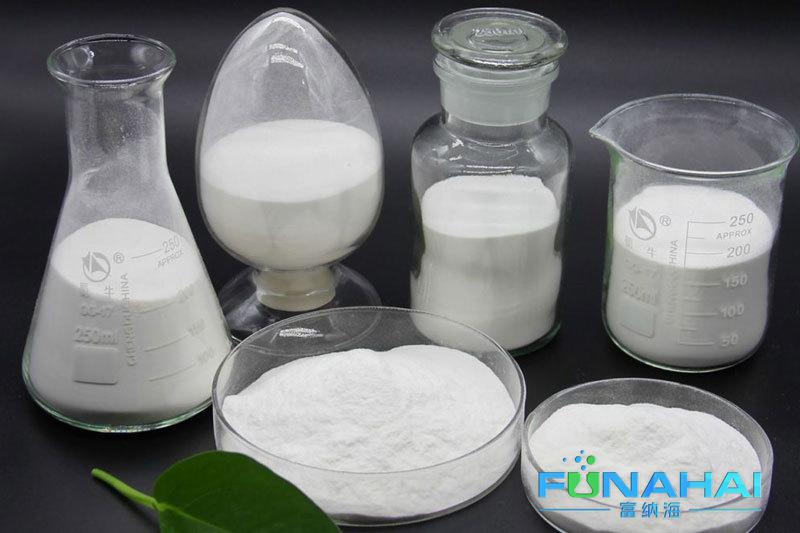The production of propyl methylcellulose (HPMC) is mainly completed by three reactions: cotton lint alkali treatment, hydroxypropyl etherification, and methyl etherification. In recent years, various technical methods have only focused on improving and perfecting each unit operation.

The production of hydroxypropyl methylcellulose uses methyl chloride and propylene oxide as etherifying agents, and its chemical reaction equation is: Rcell-OH (refined cotton) + NaOH (caustic soda flakes, sodium hydroxide) + CspanCl (methyl chloride) + CH2OCHCspan (propylene oxide) → Rcell-O-CH2OHCHCspan (hydroxypropyl methylcellulose) + NaCl (sodium chloride) + H2O (water) The etherification synthesis principle of hydroxypropyl methylcellulose (HPMC) is not complicated, but alkalization, raw material crushing, etherification. Etherification, solvent recovery, centrifugal separation, etherification reaction at a certain temperature and pressure, the reaction end point is based on the required etherification degree, and then the finished product is obtained by neutralization, washing, drying, crushing, etc., each environment involves a large number of technical keys and rich knowledge connotations. For different types of products, each environment will control conditions, such as temperature, time, pressure and material flow control. Auxiliary equipment and control instruments are favorable guarantees for stable product quality and reliable production systems.
The manufacturing process of hydroxypropyl methylcellulose HPMC is generally: one-step slurry method, the general method steps are as follows:
â‘ Pretreatment: The refined cotton is still crushed into refined cotton blocks with a diameter of about 1-3 cm through the cotton opener, and then enters the grinder, and is crushed into refined cotton powder with a mesh size of 60-100 after rapid shearing.
â‘¡ Alkalization: The refined cotton powder after crushing is in a dispersion system of 8-10 times the mixed solvent, and the alkali produces an alkalization effect to generate alkali cellulose with chemical reaction activity.
â‘¢ Etherification: Alkali cellulose, propylene oxide and methyl chloride produce etherification reaction. The degree of methoxyl and hydroxypropyl substitution is adjusted by controlling the reaction temperature, reaction time and formula. The viscosity of the product is adjusted by controlling the purity of the oxidant in the system environment and selecting the refined cotton raw materials. The computer DCS control system is selected to ensure stable product quality and reliable process characteristics.
â‘£ Neutralization: After the reaction is completed, acid is used to neutralize the residual alkali, and the pH value of the product meets the standard requirements.
⑤ Solvent recovery: The neutralized mixed system is heated up, and the assimilated solvent of the system is recovered through condensation and cooling. The recovered solvent is recycled.
â‘¥ Post-treatment: The desolvated compounds are separated by centrifugation in a horizontal sedimentation centrifuge, and are granulated, dried, assimilated and packaged into finished products.
The purity of hydroxypropyl methylcellulose in building insulation mortar directly affects the quality of engineering construction. In the production process of hydroxypropyl methylcellulose, the residual oxygen in the reactor causes the degradation of hydroxypropyl methylcellulose and the reduction of molecular weight, but the residual oxygen is limited, so it is not difficult to reconnect the broken molecules. The water retention rate of hydroxypropyl methylcellulose is closely related to the hydroxypropyl group, but the entire reaction process also determines its water retention rate. The effect of alkalization, the ratio of methyl chloride and propylene oxide, the concentration of alkali and the ratio of water to refined cotton all determine the performance of the product.